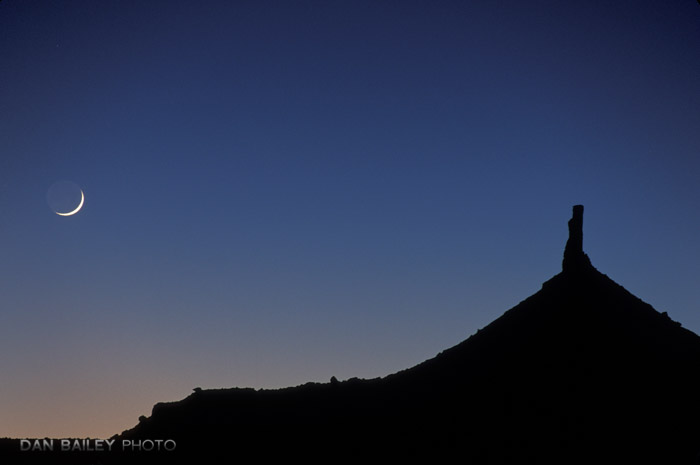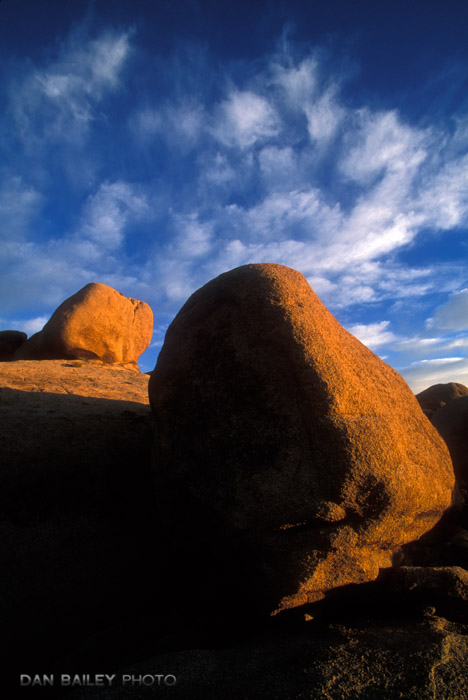 Call this ode to the shadow, my attempt to rescue that wonderful, often elusive species, which has been pushed aside lately with such increasing and ruthless neglect by slider-happy photographers who banish it from existence in their images.
Call this ode to the shadow, my attempt to rescue that wonderful, often elusive species, which has been pushed aside lately with such increasing and ruthless neglect by slider-happy photographers who banish it from existence in their images.
You know what I’m talking about. You see it every day. On Twitter, on Facebook, and especially on Instagram. Photos with such incredible, brilliant and dynamic colors that look like they’ve been cooked. Pictures with drippy, over saturated hues; like cotton candy that’s been slathered with an entire bottle of maple syrup. Google “Fantasy Art” and you’ll see the exact same tonal blueprint.
It took me awhile to figure out why I can’t stand that stuff. No, it’s not that weird alien-like edge glow that floats around the subject, or even cosmic tones that peg the gamut meter full tilt. It’s the fact that you can see everything. Nothing is hidden.
 Yes, there’s some well executed HDR out there, but to me, most HDR photography, whether it’s done with a plug-in or by slamming the software sliders all the way to the right, is nothing more than sugar. Spoon fed sugar that’s shoveled right into your mouth.
Yes, there’s some well executed HDR out there, but to me, most HDR photography, whether it’s done with a plug-in or by slamming the software sliders all the way to the right, is nothing more than sugar. Spoon fed sugar that’s shoveled right into your mouth.
It delivers calories with no work. A payoff with no effort. In every way, it’s just like that godawful, heavily compressed, crossover pop garbage that pours forth from the country stations. Noone really like that stuff, but the radio keeps playing it.
Whatever happened to subtlety? To innuendo? To suggestion?
Whatever happened to shadows…?
Whether it’s bad HDR or bad country music, if you give the viewer or listener EVERYTHING in the same level of volume, color, tone and brightness, you leave nothing to the imagination. You relegate your audience to nothing more than a passive input device with absolutely no active role in the process.
 Music, photography, drawing, writing, painting or sculpture, art without the element of imagination and suggestion is meaningless. It’s just ingredients with no nourishment; no context; no message; no expression. It’s just noise.
Music, photography, drawing, writing, painting or sculpture, art without the element of imagination and suggestion is meaningless. It’s just ingredients with no nourishment; no context; no message; no expression. It’s just noise.
Imagination is what makes the creative efforts and crafts of other individuals resonate with us as fellow human beings. It’s what brings us into the minds of the artist and causes us to question, think, consider and otherwise ruminate over the contents and ideas presented.
Give your viewer everything and they have nothing to do but just sit there and take it. Is that what you want? Do you want your imagery to provide your viewer with the same level of entertainment as a bland, homonogized country hit or a bad sitcom?
Or do you want to engage your viewer with a photo that invokes ideas, imagination, and an emotional response, and that makes them remember your image, long after they’ve turned the page, visited the next web site, clicked the “next” arrow, or flipped the screen up with their thumb? We have enough passive media input in our society, don’t contrite to that mess, try to make something that warrants a second glance.
 We didn’t have this problem in the old days, largely because film couldn’t show everything. With such a narrow latitude, you had to be selective and make decisions about what to show in your images. You were forced to work with these technical limitations, and so the temptation of glossing up the shot wasn’t even there.
We didn’t have this problem in the old days, largely because film couldn’t show everything. With such a narrow latitude, you had to be selective and make decisions about what to show in your images. You were forced to work with these technical limitations, and so the temptation of glossing up the shot wasn’t even there.
Dye sublimation printing allowed for richer color palettes and increased shadow detail over tradition prints and Cibachomes, but it still didn’t compare with what we can do with digital photography today, and that’s where the problems began.
This is where it gets tough. Just because you CAN blast colors to the edge of the spectrum and show every single detail, doesn’t mean you SHOULD. The elements of light, shadow and contrast are fundamental and essential aspects of photography, and they always have been. Let us not forget this.
Shadows are the sexy outfits that hide and suggest your subject matter. They insinuate shapes, form and identify, and they add a tremendous amount of flavor to to your shots. With many shooters, they define style.
Shadows are such an integral part of the power of photography, so please don’t drive them to the brink of extinction like the white rhino. Doing so will ruin the craft. So let them loose. Let them run free in your imagery. Embrace them and start to think more about what you can conceal rather than what you can show and your photos will take on a whole new dimension.
So pull back a little bit. Or a lot. Give your viewers part of the story and let them imagine the rest. Embrace the shadows and they’ll reward you with as much love as you give them. I promise.
Ok, let the comments begin…





[…] my recent blog post, titled Bring Back The Shadows: The Case Against HDR, I talked about how shadows bring the important elements of subtlety, innuendo and […]
This has certainly got me thinking! Your super images show the power of what you’re saying so I must give it a try. First I’ll need to turn off the clipped shadows warning in ACR….
Hey Richard – Yes the histogram is a guideline, but it should not be used as a hard and fast rule. Experimentation and creative use of highlight and shadows can produce some great results!